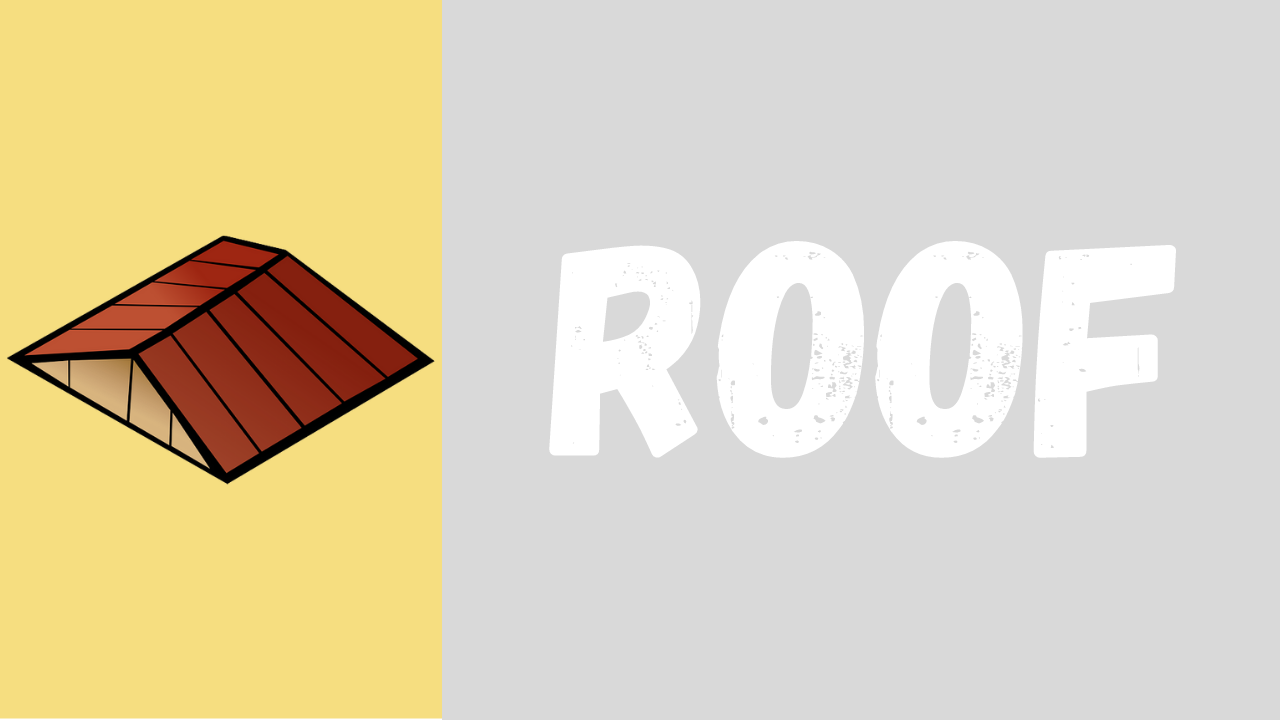The English language may be very tricky even for a native speaker with all of its rules and exceptions.
This is especially true when it comes to pluralizing nouns. A common rule is that to form a plural noun, you have to add “s” or “es” to its singular form. Easy, huh?
Well, it would be if there weren’t exceptions to the rule. Like, many of them. For example, the plural form for “goose” is not “gooses”; it’s “geese”. And the plural form for “mouse” is “mice”, not “mouses”.
Those words that do not become plural when you add “s” or “es” to their singular forms are called irregular plural nouns. And while some irregular plurals can still be formed according to some common patterns, others need to be memorized.
How well do YOU remember irregular plurals? Do you think you can correctly pluralize just about any noun?
Well, this is your chance to test your knowledge! Take this quick and easy test to see if you know how to pluralize some of the most common words you probably use every day!
-
Question of
Choose the correct plural form.

-
Feet
-
Foot
-
Foots
-
Feets
-
-
Question of
Choose the correct plural form.

-
Teeth
-
Tooths
-
Toothes
-
Tooth
-
-
Question of
Choose the correct plural form.

-
Children
-
Childrens
-
Childs
-
Childes
-
-
Question of
Choose the correct plural form.

-
Knives
-
Knife
-
Knifes
-
-
Question of
Choose the correct plural form.

-
Leaves
-
Leafs
-
Leaf
-
Leafes
-
-
Question of
Choose the correct plural form.

-
Roofs
-
Rooves
-
Roof
-
Roofes
-
-
Question of
Choose the correct plural form.

-
Pianos
-
Piano
-
Pianoes
-
-
Question of
Choose the correct plural form.

-
Geese
-
Gooses
-
Goose
-
Geeses
-
-
Question of
Choose the correct plural form.

-
Moose
-
Meese
-
Mooses
-
-
Question of
Choose the correct plural form.

-
Bacteria
-
Bacteriums
-
Bacteriumes
-
Bacterias
-


